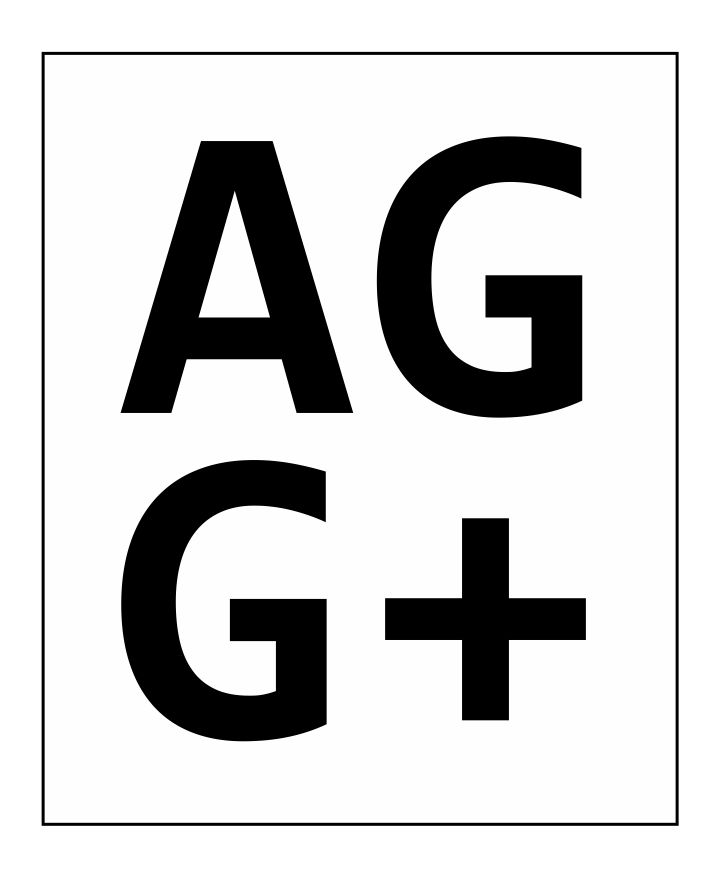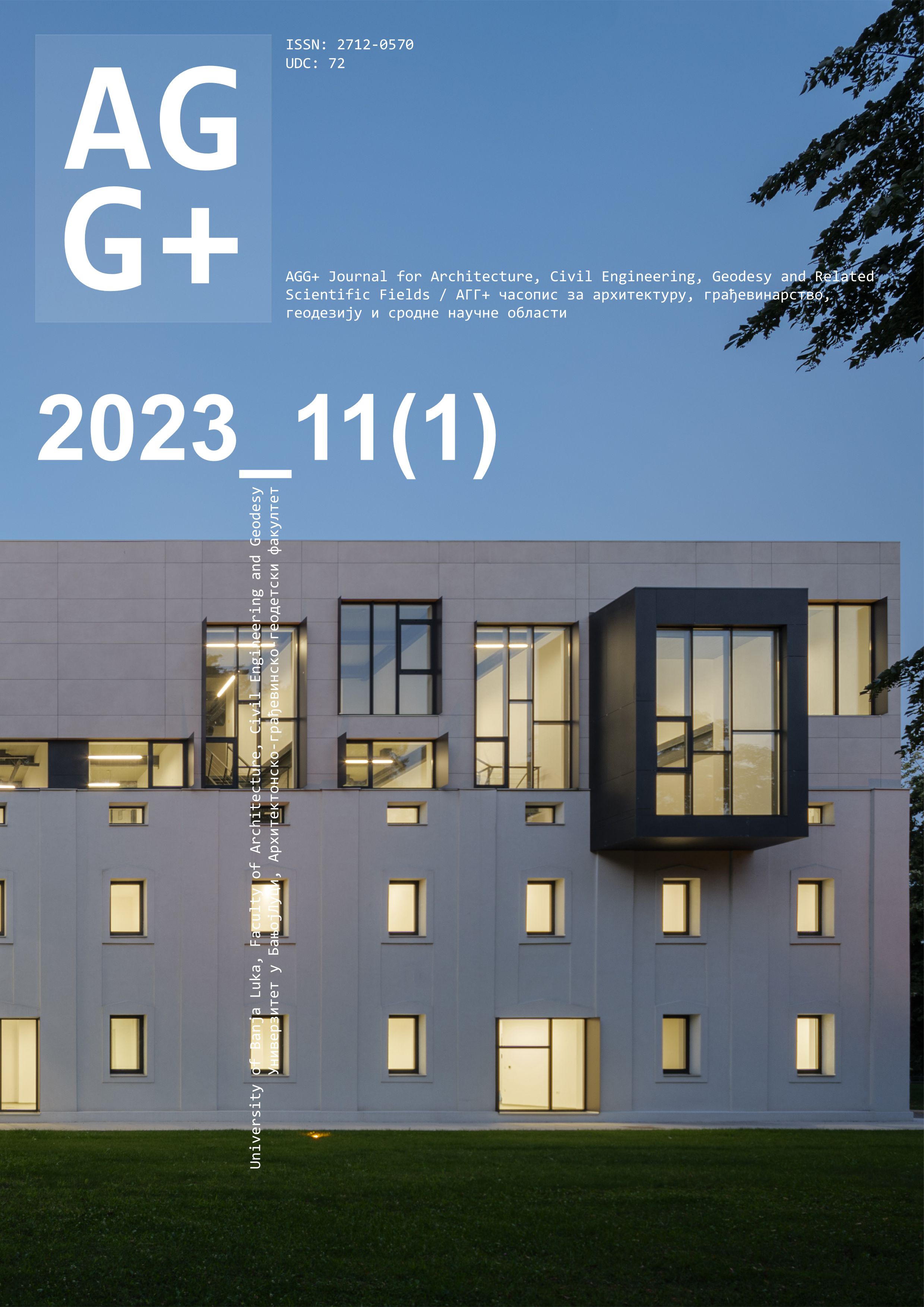The Room as a Starting Point in Architectural Design: Childhood Memory and the Formation of Spatial Understanding
This paper portrays the room as the fundamental beginning of architecture, exploring how our earliest spatial memories shape the way we perceive and understand architectural space. Drawing on Louis Kahn's philosophical reflections on the room as architecture's elemental unit, the insights of Peter Zumthor and other architects on childhood memories,...
By Jelena Stanković Aćić, Diana Stupar
Characteristic Types of Landslides in The Durmitor Flysch Complex Area
The term "Durmitor flysch" was first introduced into the geological literature in 1948 by [1].. Under this term, he refers to a powerful geological formation, formed at the transition from the Upper Cretaceous to the Paleogene. Its distribution begins from the northern Albanian table and the so-called Cukali zone in the south, through the central p...
By Bojana Grujić, Aleksandar Golijanin, Duško Torbica, Žarko Grujić
Combined Stabilization of Clay Using Lime and PVC Fibers
Reinforcing soil for foundations or embankments is crucial for ensuring structural stability and longevity. Many methods are used in Geotechnics to reinforce soils, which can be broadly categorized into chemical processes and mechanical approaches. Furthermore, reinforcing soils with fibres is an effective technique in geotechnical engineering to e...
By Hadj Bekki, Feriel Berrahou, Lamia Bendjilali, Naceur Katbi
The Impact of Navigation Strategies on Spatial Memory Formation in Virtual Architectural Spaces
This study investigates how navigation strategies in virtual environments affect spatial memory formation and environmental understanding. As navigation plays a fundamental role in how people experience and interpret space, especially in enclosed architectural spaces, exploring the cognitive processes behind movement and orientation remains crucial...
By Dajana Papaz, Maja Ilić
A Study on the Bond Between Basalt Composite Reinforcement and Concrete
Based on experimental and theoretical research, the stress-deformation state of the bond between Georgian-origin basalt composite reinforcement and concrete was studied. The bonding mechanism between basalt composite reinforcement and different classes of concrete was revealed, along with the stress-deformation state of structures reinforced with b...
By Tamaz Khmelidze, Gela Kipiani, Vladimer Kikadze
Origami-Inspired Kinetic Facades: Approaches, Materials, and Technologies
The traditional role of the façade, historically centered on providing protection against environmental conditions and reducing CO₂ emissions, has been significantly redefined through advances in software technologies and material sciences. These developments have led to the emergence of the façade system as a structurally independent...
By Irma Orsić - Princip, Amira Salihbegović, Slađana Miljanović, Amela Šljivić
Environmental Impact Assessment and Seismic Hazard Analysis: Petrinja 2020 Experience
On December 29, 2020, a shallow magnitude 6.2 earthquake struck northern Croatia near Petrinja. This earthquake was preceded by a strong foreshock with a magnitude of 5. In response to the Petrinja earthquake, a team of European geologists and engineers from Croatia, Slovenia, France, Italy, and Greece was promptly mobilized to conduct a thorough a...
By Branko Kordić, Stéphane Baize, Josipa Maslač Soldo
Tectonic Geodesy as a Supplement Data in Seismology
Geodesy and its high precision are important instruments for the study of active tectonics and the presentation of the movement of solid parts of the earth. Deformations caused by earthquakes represent essential information for defining seismogenic zones. Precise measurements must be made on the wall of the fault itself or the system of connected a...
By Tanja Đukanović, Sanja Tucikešić, Snježana Cvijić Amulić
Modeling Tectonic Movements Using the Kalman Filter on GNSS Coordinate Time Series
The paper is dedicated to the modeling of tectonic movements based on GNSS coordinate time series, which were analyzed using the Kalman filter. The research area includes the territory of Japan, which is one of the most seismically active regions on Earth. The devastating Tohoku earthquake of 2011 was the result of subduction between the Pacific an...
By Vladan Janković, Tanja Đukanović, Sanja Tucikešić
Numerical Modeling of Tunnel Excavation and Support Using the Deconfinement Method for Static and Seismic Conditions
In this paper, an analysis of the phase construction of a tunnel with support in static and seismic conditions is made. The PLAXIS 2D software package was used for the problem's numerical modelling. A parametric analysis of the excavation using the deconfinement method (1-ß) was made on an actual tunnel with support in the excavation phase an...
By Zlatko Zafirovski, Bojan Susinov, Sead Abazi, Ivona Nedevska Trajkova, Riste Ristov, Vasko Gacevski, Mihaela Daniloska, Angela Naumceska






